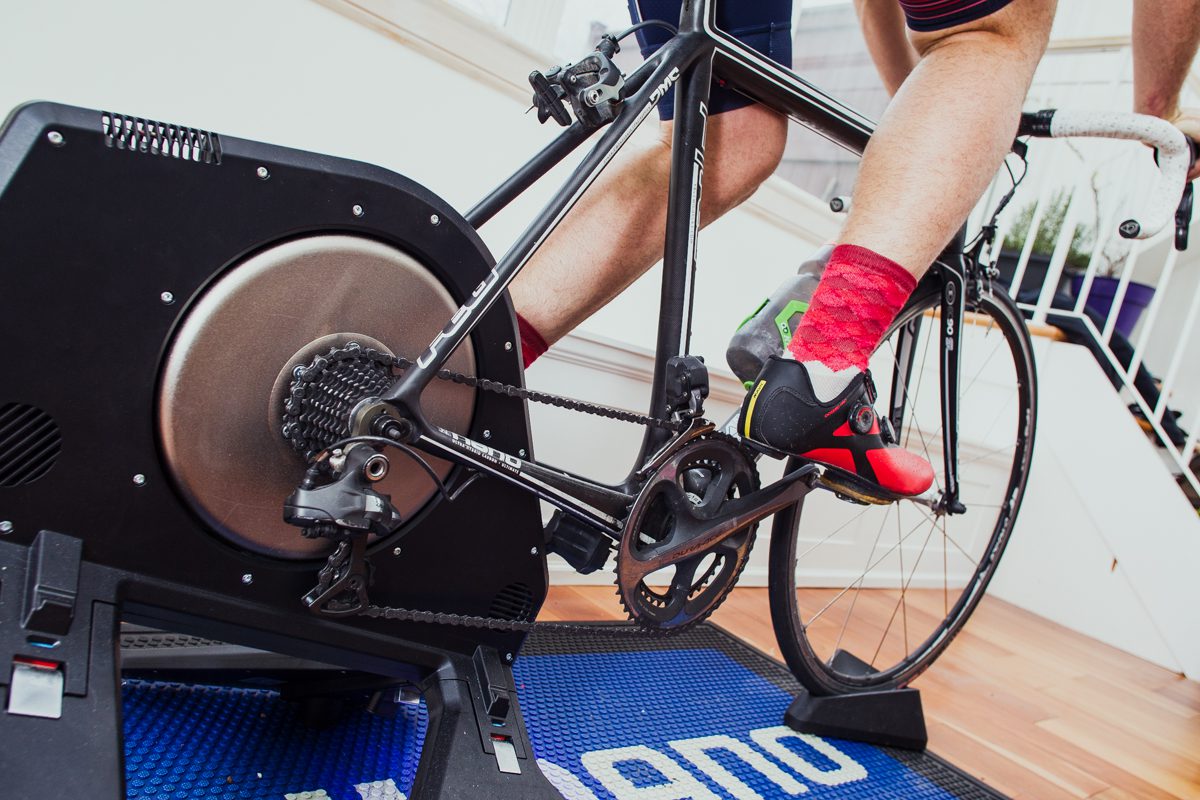Setting your coaches plan into action
You must have trust in the program that has been layed out for you while staying focused on your goal to keep positive momentum

It’s National Coach Week and Lorena Jones looks back at her experience of working with her coach Rob Foster, the former head coach at Athlete Lab London. Breaking the experience down into three main features; finding a coach and establishing a realistic plan, setting that plan into action, and finally, keeping your sights on the target, Lorena offers a few considerations for each stage.
So you have found a coach and you have a goal in mind. It’s time to put the theory into practice. But first, we need a good foundation to work from.
Establish the baseline
I can think of a handful of friends that have recently taken on a coach, all of whom I have counselled through their first block of training and associated concerns that the intensity of their workouts has produced.
Just wait, the training will kick up; trust in the programme
Of course, for any athlete that is keen to work towards a goal, this rather jagged pill isn’t the easiest to swallow, but base sessions are used as the foundation to most, if not all training programs, and for good reason. They optimize the cardiac system, arguably the biggest and most important system, before working methodically through the higher intensities. More so they help set the rhythm between the client and coach to enable him/her to accurately monitor your progress, which is especially important during the first couple of weeks as they adapt the plan in light of the bigger picture.

Then Build
Having joined my friends on the ‘where did all the cycling go’ committee, it wasn’t long before my training ramped up as I worked my way through each block, and come the middle of power week I was pretty much begging for another low-intensity session.
Just pop me down to 80 per cent FTP for this one
Many coaches work to four-week blocks or rotations; a popular strategy this involves building the clients output over three weeks and using the fourth as a rest week. However, the regularity of the blocks and indeed the duration of each may vary according to the coach’s preferences and the clients’ response. Alternatively, some training plans may run over much longer build-up period with a longer rest to follow but for many, this could lend itself to over-training and may result in a negative effect which would not be conducive to the ultimate goal.
The line of progress will, of course, vary from person to person and the results are dependant on clear communication between the client and coach for him/her to observe your response to the plan and adjust the intensity accordingly.

Keep Your Eye on the Prize
As important as it is to have the ultimate goal broken down into more manageable bitesize pieces, it is recommended that you approach each and every workout with an objective. Focusing on a purpose will keep you switched on both mentally and physically to maximize the results obtained from each session and prevent you from slipping back into bad habits.
Naturally, there will be bad days, there may even be tears but you must keep your eye on the prize and work through them. Regardless of what block of training you are working on, the day in day out of the same thing is necessary to get the required effect. Every aspect of the system in question needs to be stressed consistently and as a whole, for the body to respond and the full advantages to be obtained.
Of course, rest is important and as the following feature will explain, a vital period when it comes to obtaining the rewards from the hard work you have put in.

